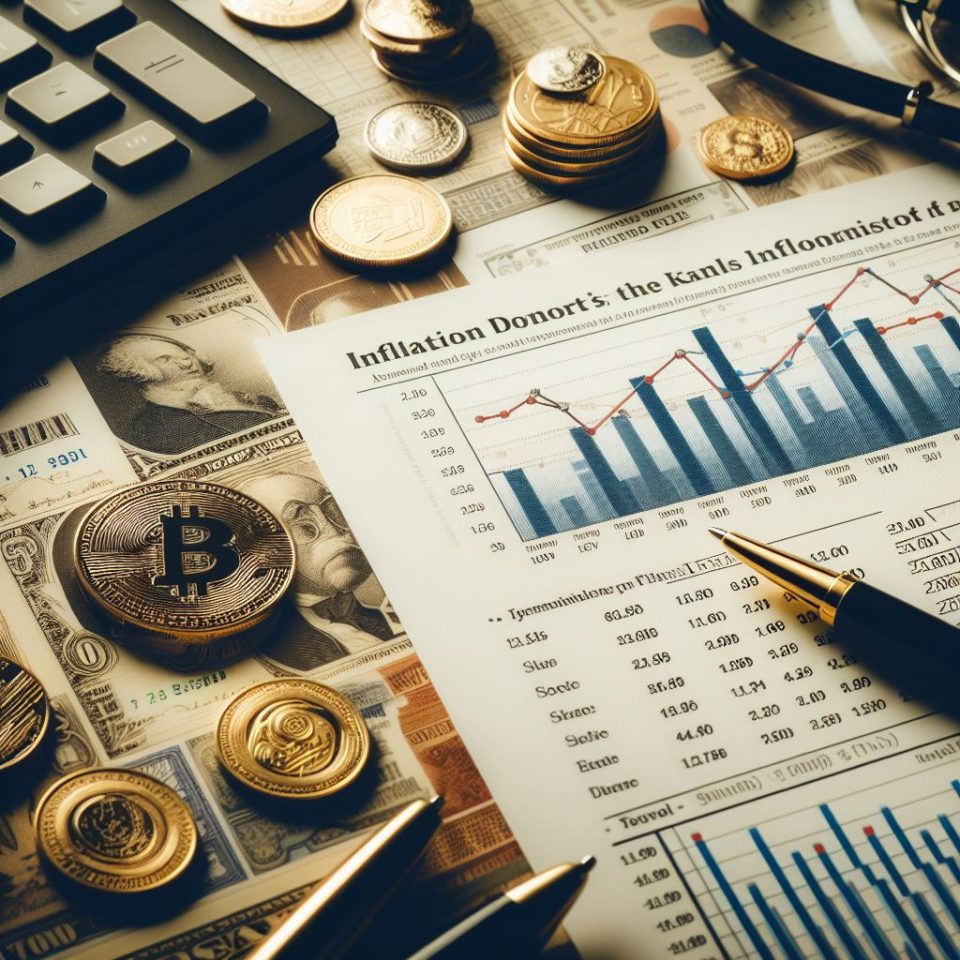Inflation surges unexpectedly after the release of CPI data, the most recent data from the Bureau of Labor Statistics reveals a 0.4% rise in inflation over the previous month, surpassing economists’ predictions. Year-over-year statistics also demonstrate a significant acceleration, representing the most substantial monthly inflation surge since September.
CPI Data Reveals Core Inflation on the Rise
Stripping out volatile components like food and gas, core prices experienced a matching 0.4% rise over the prior month and a substantial 3.8% increase over last year, surpassing analyst expectations.
Market Reaction and Fed Speculation
Following the CPI data’s unveiling, market sentiment leans towards a nearly 100% probability of the Federal Reserve maintaining interest rates unchanged in the upcoming meeting. However, anticipation for a rate cut in June remains prevalent, with markets pricing in a 60% chance of such a move.
Shelter and Gasoline Lead Inflation Trends As per CPI Data
Notable from the CPI data is the persistent increase in shelter costs, particularly in the rent and owners’ equivalent rent (OER) categories. Adding to inflation pressures. Gasoline prices also saw a significant jump, contributing to the overall inflationary pressure.
Mixed Impact Across Sectors
While some sectors experienced notable price hikes, such as energy, apparel, and motor vehicle insurance, others remained relatively stable. Food prices, for instance, showed modest increases, with variations in prices for food at home versus food away from home.
Fed’s Dilemma and Economic Outlook
Despite inflation consistently surpassing the Fed’s 2% target on an annual basis, recent CPI data indicates a potential slowdown in the rate of increase. Analysts weigh in on the implications for Federal Reserve policy, with divergent views on the trajectory of interest rates amidst evolving economic conditions.
Expert Analysis of CPI Data and Future Inflation Projections
Leading economists interpret the CPI data, suggesting a nuanced perspective on the implications for monetary policy and the broader economy. While some emphasize the need for caution amid signs of inflationary pressure, others underscore the gradual nature of economic cooling, influencing expectations for future rate adjustments.

